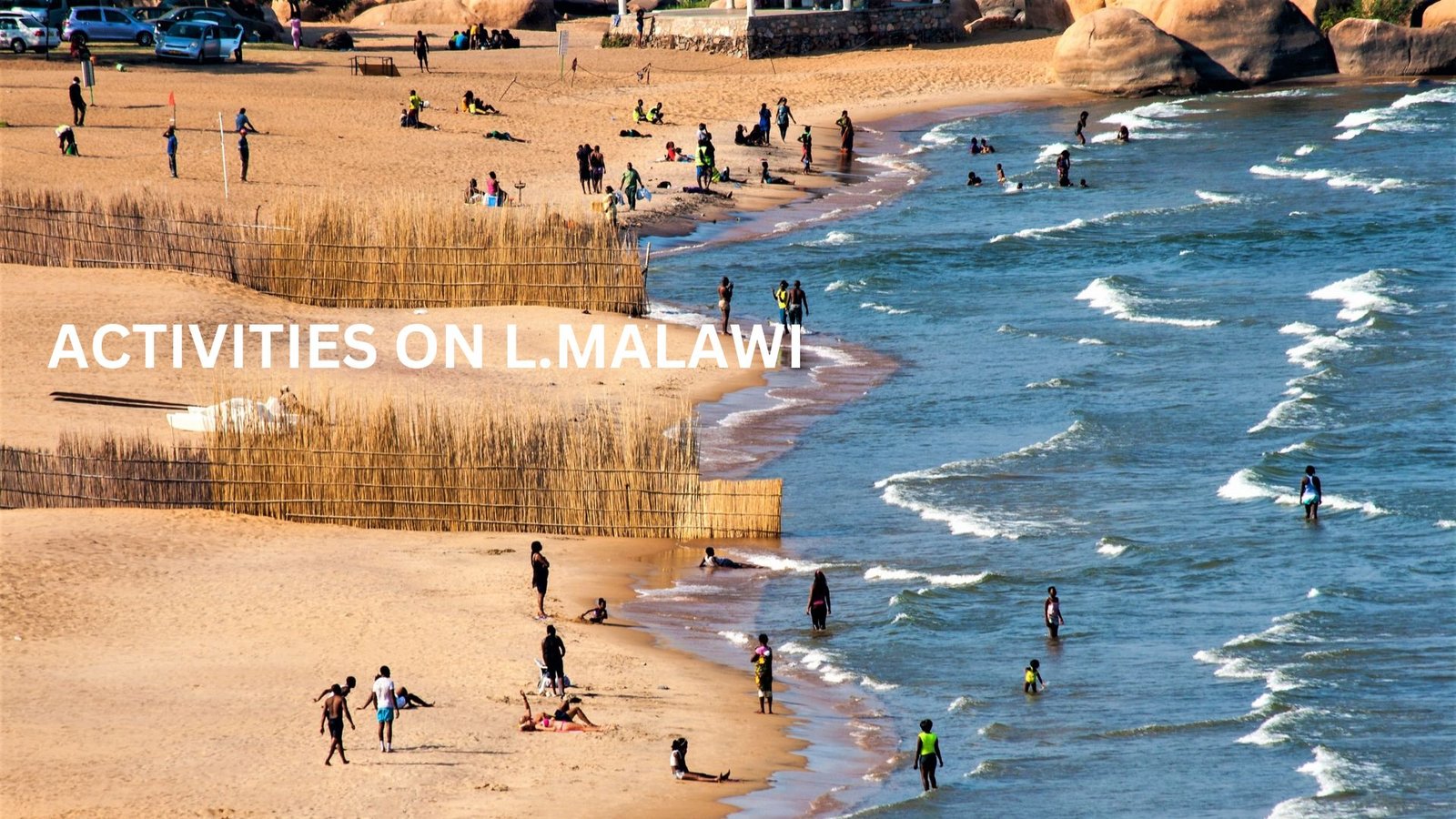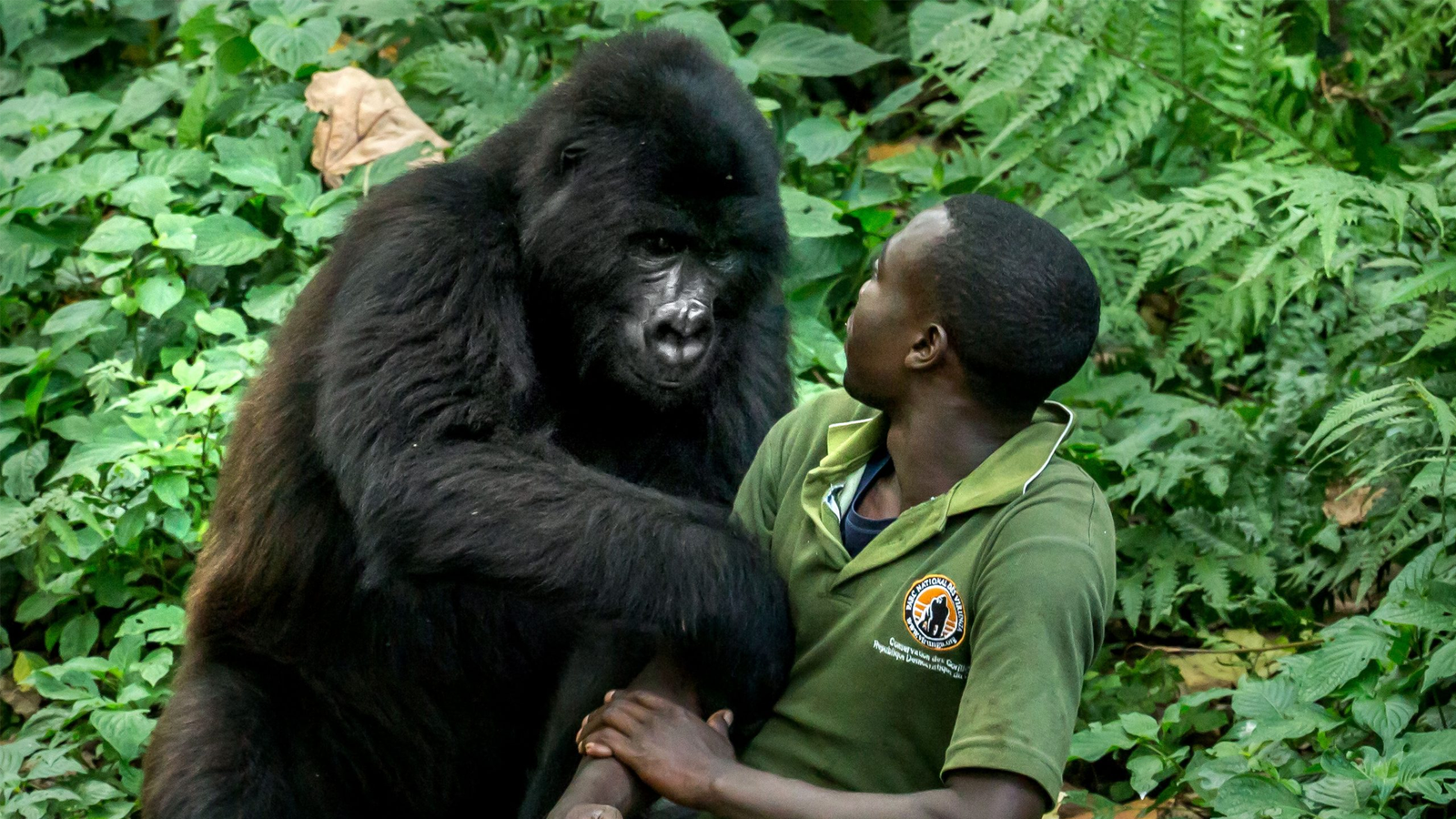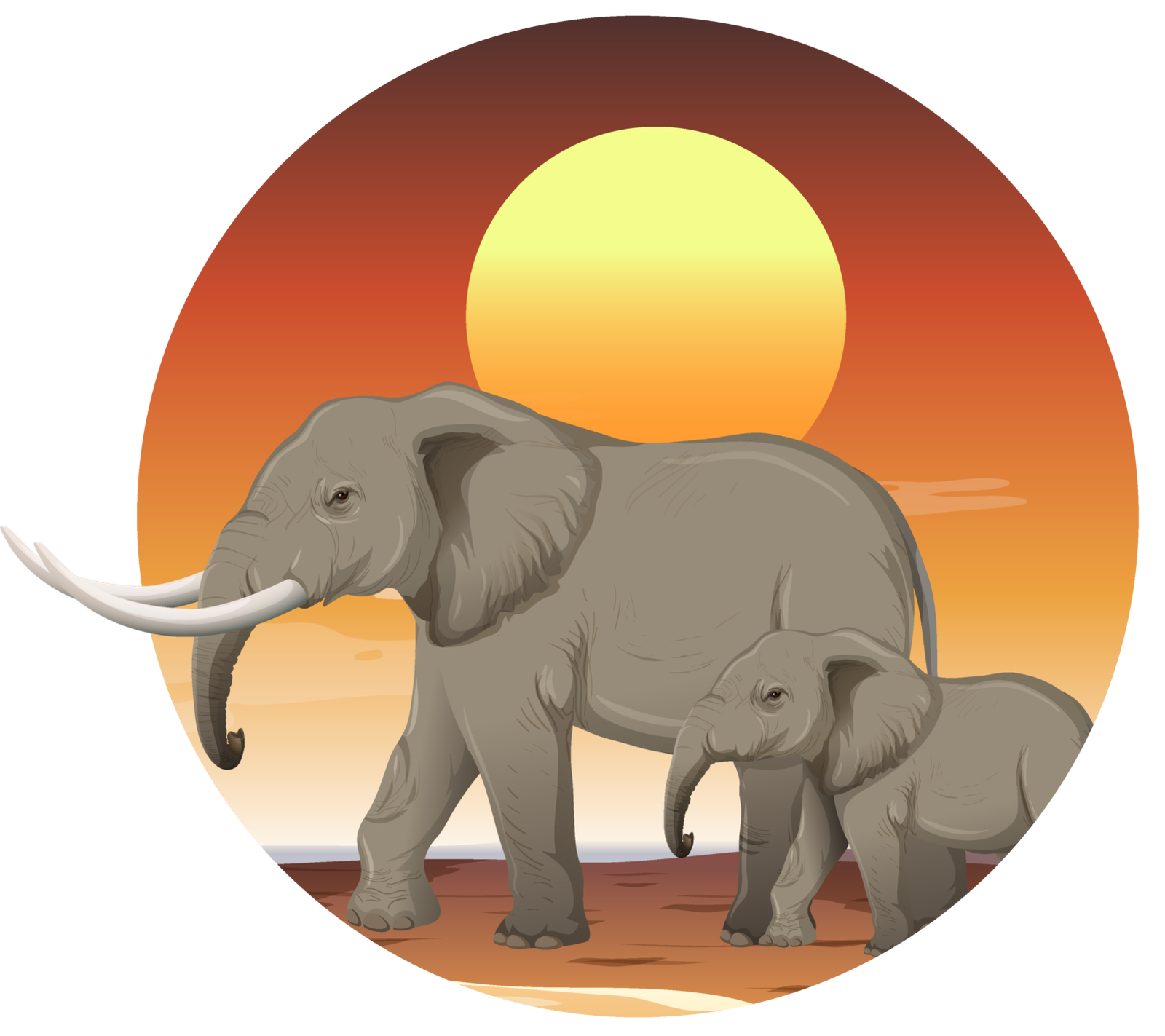Chimpanzee Habituation Experience
Uganda is the highest primate habitat in Africa with about 20 primate species. Of these, 13 are diurnal and 7 are nocturnal species. The most sought-after in this list are the mountain gorillas and the chimpanzees of Bwindi Impenetrable National Park and Kibale National Park respectively. Travelers who intend to undertake primate safaris and tours visit Uganda for mainly gorilla tracking and chimpanzee tracking. Not very common and yet more fascinating among these activities are the exciting gorilla habituation and chimpanzee habituation activities.
Best time for Chimpanzee Habituation Experience
Chimpanzee Habituation Experience is an all-year-round activity. However, for the best experience, it is recommended to undertake it during the wet season in the months of March, April, May, and November.



